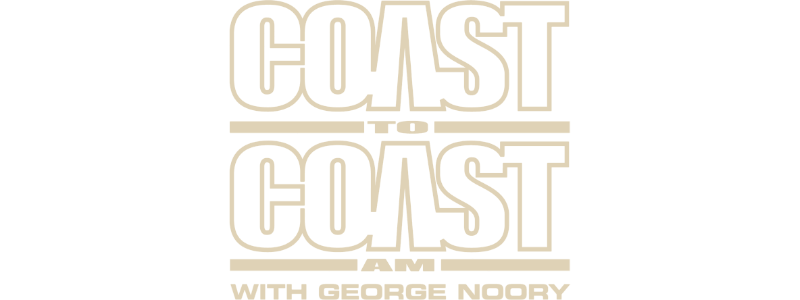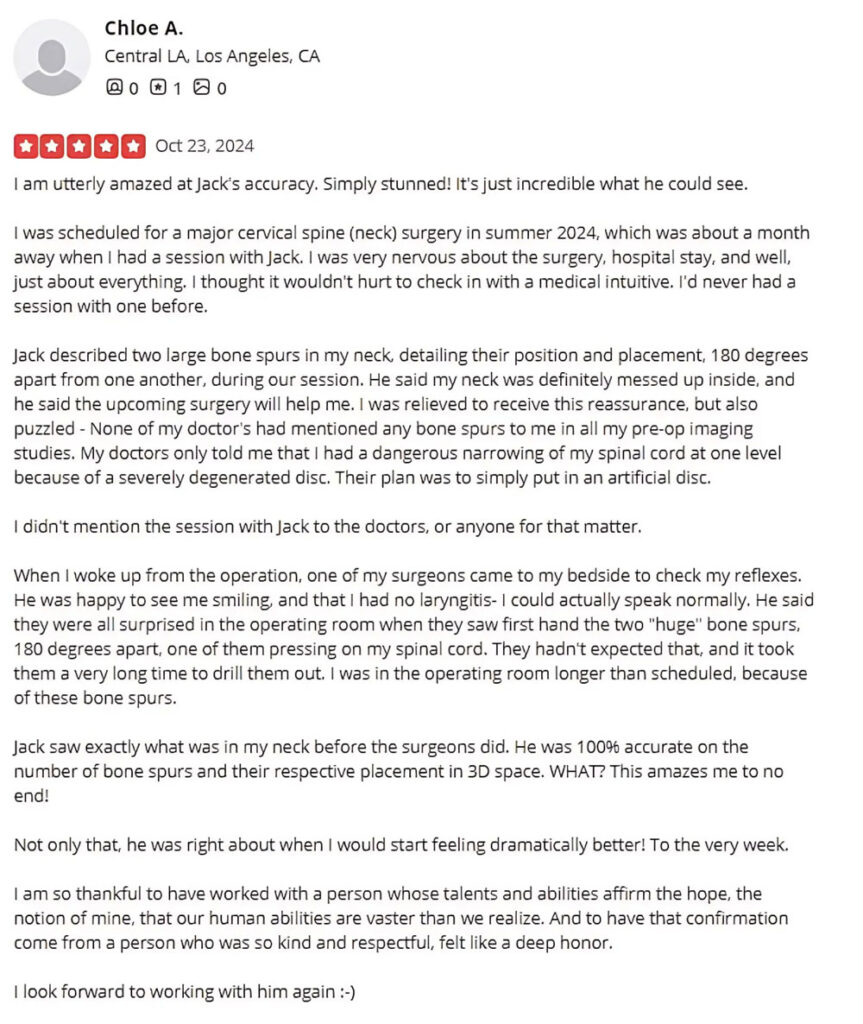Beatific visions, including communing with deceased loved ones and divine beings inspired by psychoactive compounds show promise in treating mental health disorders. But for novelty seekers, there is a downside.
2023 could still prove to be a banner year for psychedelic legalization as approval from the U.S. Food and Drug Administration (FDA) appears imminent.
Research increasingly suggests that psychedelics can be powerful tools for treating a variety of mental health conditions, from PTSD and depression to addiction and eating disorders. “I’ve been doing this for 11 years,” says Albert Perez Garcia-Romeu, an assistant professor of psychiatry and behavioral sciences at the Johns Hopkins University School of Medicine who studies psychedelics. “The overwhelming majority of people that I’ve worked with in this process have been helped by their experiences, and the data are remarkably consistent.”
Psilocybin, ayahuasca, and MDMA are psychoplastogens. Compounds capable of promoting rapid and sustained neuroplasticity. Neuroplasticity refers to the brain’s capacity to create new neuro-pathways. This is beneficial. When the brain rewires itself, both how information is processed and how one subjectively experiences a sense of self changes. It is this new experience of self that provides those afflicted with mental health challenges the unique opportunity to feel symptom-free.
Psilocybin is a natural compound extracted from fungi. Mushrooms containing psilocybin are found across all continents except Antarctica. Academics are working to provide the best estimate yet for when the first psilocybin mushrooms emerged on planet Earth. Unpublished research set to come out of Ohio State University and the University of Utah’s biology department may provide evidence suggesting magic mushrooms date back 75 million years – making them far older than homo sapiens.
Psibocylin is as profoundly transformative as it is historically mysterious. Never has a plant-based restoration of well-being offered such a clear opportunity for spiritual evolution. – Jack Rourke
A Brief History of Magic Mushrooms
The earliest written reference to the consumption of mushrooms as a medicine is within the Sanskrit hymns called the Rig Veda. These poems are a part of the oldest sacred Hindu texts called collectively “The Vedas” which date between 1200-1500 BCE. In one of the hymns (Book 8, hymn 4, stanza 3) ‘Soma’, a mixture of mushroom and milk, is described as an inebriating ritual drink, which was thought to infer divine powers on those who drank it.
The Indo-Aryan people who wrote the Vedas were an advanced literate culture. They may have been the first to write about experiences with magic mushrooms but they were not the only or oldest culture to consume them. It is argued by some archeologists and ethnobotanists that magic mushrooms were used prior to the birth of civilization some 12,000 years.
The earliest visual evidence of magic mushroom use is a mural that was found in Northern Australia which depicts mushrooms and psychedelic illustrations. Archeologists have dated it back to 10,000 BCE. Rock paintings in Spain suggest magic mushrooms were around prehistoric people in Europe in 4,000 BCE. But, other societies have relied on psychoactive substances as well.
In Ancient Greece, famous figures such as Plato, Homer, and Aristotle attended ceremonies that worshipped the goddess Demeter called the Eleusinian Mysteries, and drank a psychoactive concoction that contained a mix of psychedelic mushrooms.
The ancient Egyptians also created artwork that depicted magic mushrooms. They dubbed them the “food of gods” and believed they were placed on the earth by the god Osiris. Because of how special they were, mushrooms were only consumed for religious reasons by priests and by the upper class.
Mushrooms in Questionable Yet Modern Spiritual Practice
Whether the psychoactive experiences that result from ingesting magic mushrooms are religious or purely psychotherapeutic is moot. Perhaps they are one and the same from a certain perspective. The result of this argument has made unlikely allies out of academics and the new-age community that has reclaimed magic mushrooms as a religious rite.
As of 2023 magic mushrooms have been decriminalized in selective municipalities within five states and fully decriminalized in Oregon. Magic mushrooms have even penetrated the Bible belt. “PSANCTUARY”, a Kentucky-based magic mushroom church operates legally as a 508(c)(a)(1) faith-based organization. While hundreds of miles away in San Francisco, there is another growing psychedelic spirituality movement.
How Psychoactive Compounds Can Covertly Upend Spiritual Practice
There is no doubt that psychoactive substances are psychologically transformative in ways that produce effects that feel spiritual says, Jack Rourke, author of The Rational Psychic. Rourke is a spiritual counselor who frequently collaborates with psychotherapeutic professionals who provide ceremonial relief using psychoactive medicines. However, he cautions that the impact magic mushrooms and similar compounds create are often treated as spiritual shortcuts to one’s “best self” by new agers. This can be detrimental, Rourke asserts. Especially since, unlike indigenous cultures, modern people do not have the ritualized traditions, shared beliefs, and social support systems to help spiritual aspirants navigate the experiential effects of psychoactive compounds.
Without informed oversight, dosing psychoplastogens can create two problems that feel good and are really hard to spot despite how they can upend one’s life, says Rourke. First and foremost is the issue of spiritual bypassing.
Spiritual bypassing is a defense mechanism that involves using spiritual explanations or transcendent experiences to dismiss or avoid complicated emotions or psychological issues. When bypassing, individuals focus on the mystical sensations of psychedelic experiences placing undue emphasis on the positive aspects of their psychedelic journey without confronting or processing past traumas. Consequently, they fail to integrate meaningful insights, don’t develop healthier coping strategies, and stifle emotional maturation preventing actual personal growth.
Since psychoactive medicines can trigger mind-expanding paranormal experiences that coincide with profound feelings of eternal unity, it might sound counterintuitive that deeply felt realizations can lead to problems. At issue is how undisciplined spiritual bypassers often regard psychedelic head trips as the answer to who they really are. So much so, some people crave the mystical after the medicine wears off. In short, identification with the phenomenal experiences that medicines inspire becomes the second and more problematic obstacle to personal growth.
Conclusion
All medicines are best deployed by trained professionals. Without supervision, spiritual seekers who are attached to psychoactive experiences as the source of their well-being can develop an inflated ego-identity where they feel they are enlightened based on a grandiose self-affirming spiritual interpretation of their psychedelic trip. In essence, the use of psychedelics builds up a new false persona rather than stripping away delusions that shield one from reality the way true spiritual practices function, concludes Rourke.
The journey of plant medicines from ancient shamanic practices to modern therapeutic usage is a testament to their enduring allure and potential benefits. As research advances and societal attitudes and motivations evolve, perhaps psychoplastogens will emerge as a remedy for both mental health disorders and spiritual yearning, like it was in antiquity. ♦






